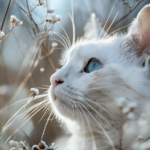Big cats, majestic rulers of various ecosystems, exhibit a fascinating range of behaviors when it comes to hunting. While some, like lions, are known for their cooperative hunting strategies, others like leopards stalk their prey in solitude. This article explores the diverse hunting approaches of these magnificent creatures, examining the evolutionary, ecological, and social factors that shape their behavior.
Solitary Hunters: Leopards and Jaguars
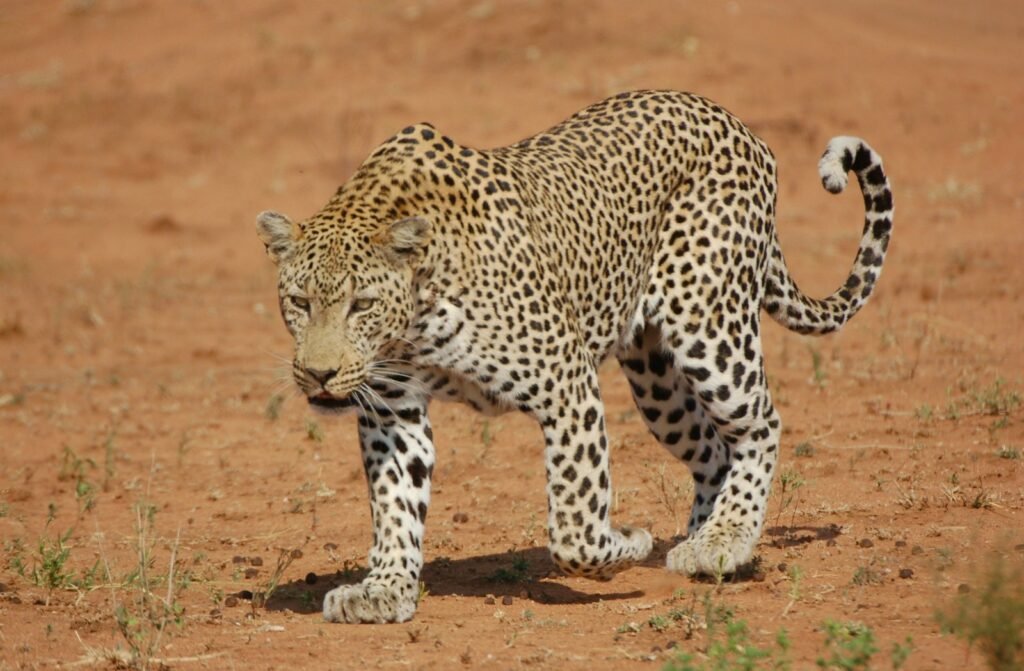
Leopards and jaguars belong to the category of big cats that prefer solitary hunting. These felines rely on stealth, patience, and strength to catch their prey. Hunting alone allows them to blend seamlessly into their environments, minimizing the chances of being detected by prey. The solitary nature of leopards and jaguars is a well-adapted strategy for survival in dense forests and varied landscapes where stealth is an asset.
The Role of Territory in Solitary Hunting
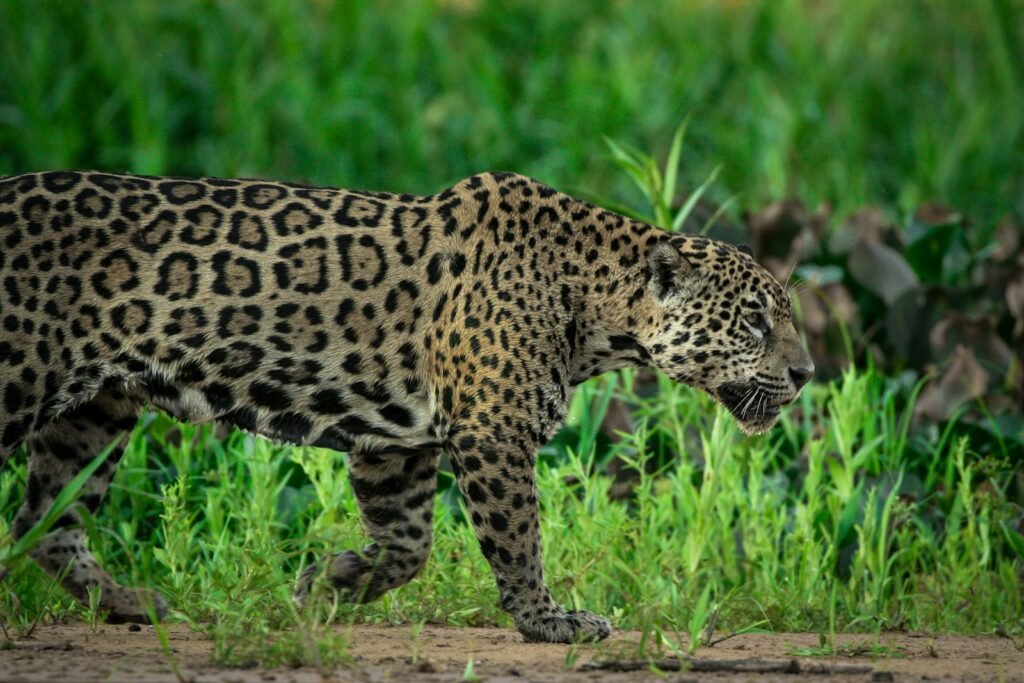
For solitary hunters, maintaining a territory rich in resources is crucial. Leopards and jaguars establish large territories that they patrol regularly to secure food and mating opportunities. A large territory reduces competition and ensures the solitary hunter has sufficient prey to sustain itself. These big cats are solitary not just in hunting but also in lifestyle, meeting with others primarily for mating.
Ambush Tactics: The Art of Surprise
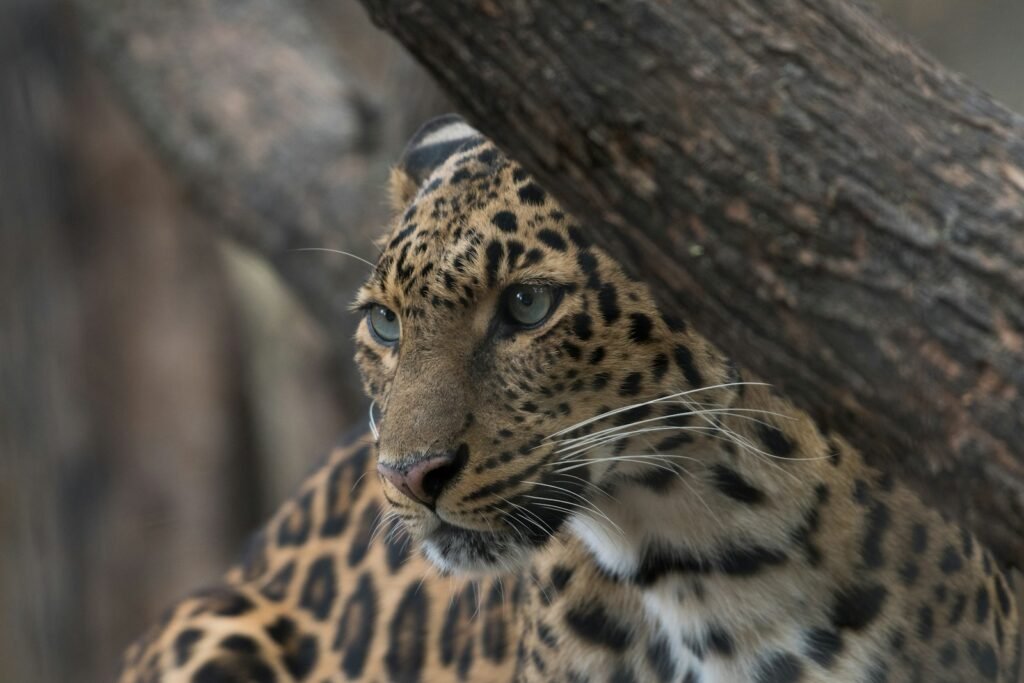
Ambush tactics are a hallmark of solitary big cat hunters. By waiting patiently for the opportune moment, leopards and jaguars use their keen senses and excellent camouflage to approach prey undetected. This hunting style requires patience and a deep understanding of their environment. The element of surprise is crucial for these big cats, as it allows them to overpower prey quickly and efficiently.
Cooperative Hunting: The Pride of Lions
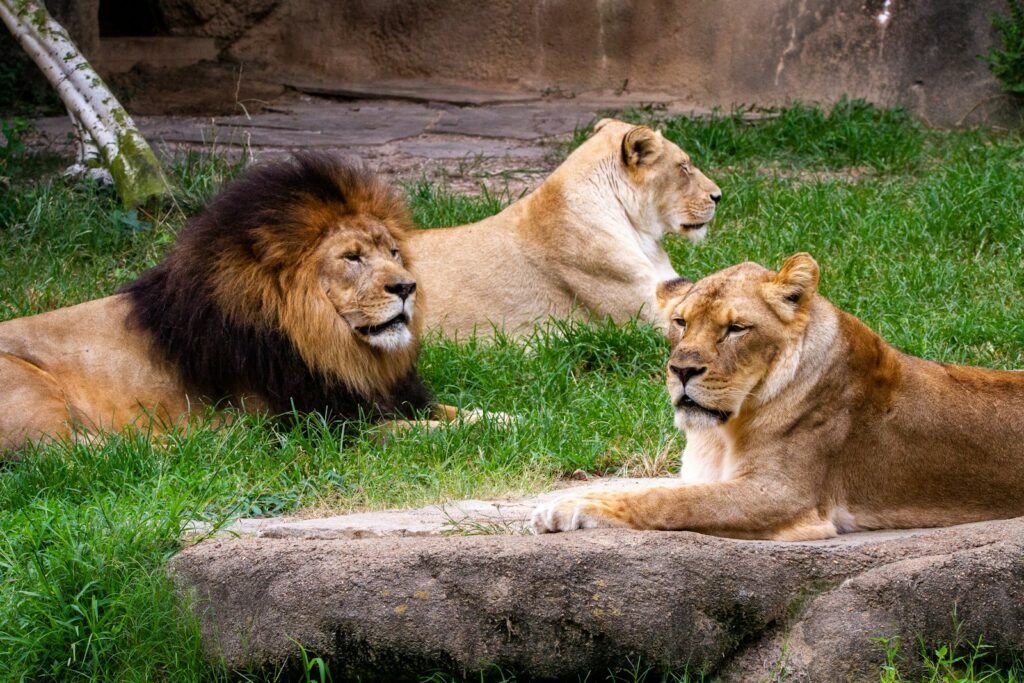
In contrast, lions are iconic for their cooperative hunting techniques. Living in prides, lions utilize teamwork to take down larger and more challenging prey, which would be difficult for a single lion to tackle. Cooperative hunting among lions involves specific roles; some members of the pride flush out prey while others ambush and capture it.
Advantages of Group Hunting
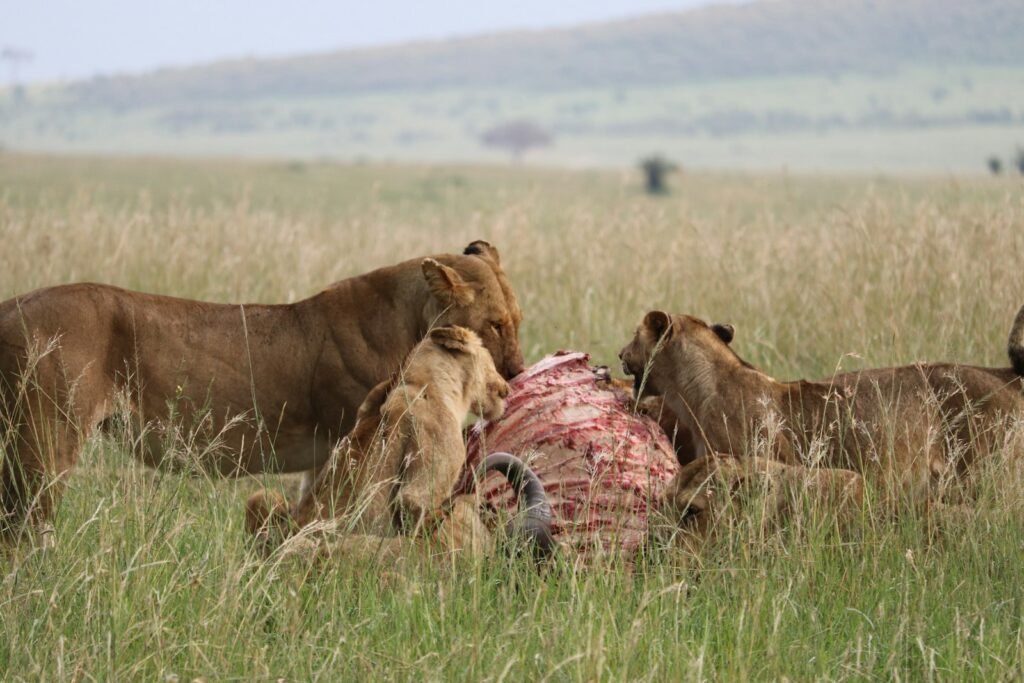
Hunting in groups offers several advantages, such as the ability to bring down larger prey, which can provide more food per individual compared to smaller prey. This strategy is energy-efficient as it disperses the effort required among multiple individuals, therefore increasing the chances of a successful hunt. The pride structure also facilitates social bonds and the sharing of responsibilities like caring for cubs and guarding territory.
Social Structure and Communication
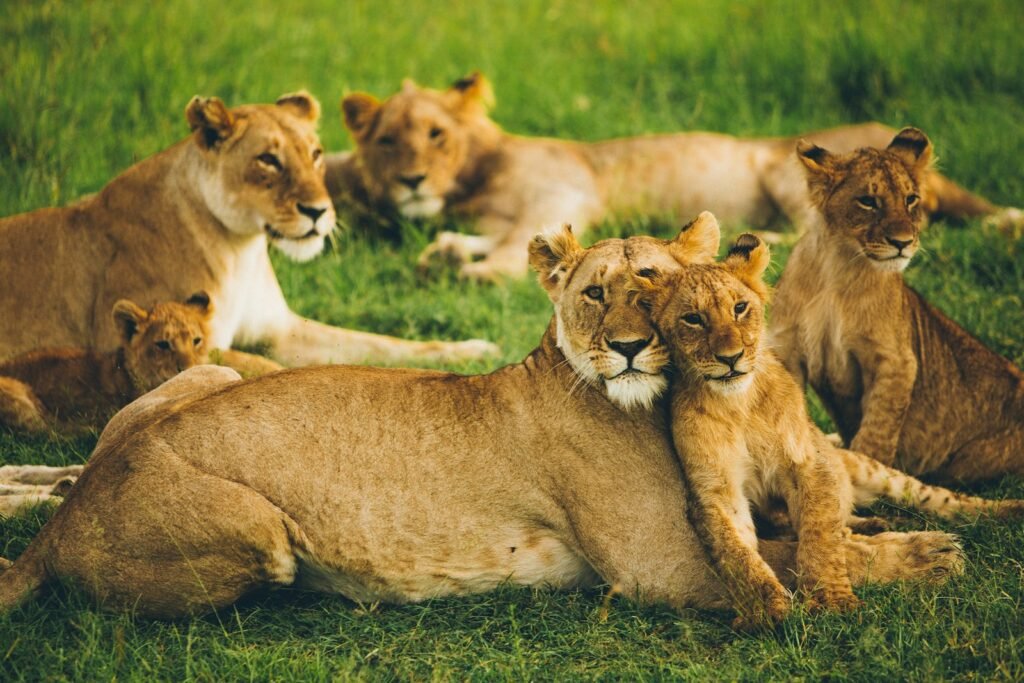
The social structure of lion prides is intricate, with a clear hierarchy and roles. Communication plays a critical role in coordinating their hunting efforts, with vocalizations and body language being essential tools for ensuring a successful hunt. This social dynamic not only aids in hunting but also strengthens bonds within the pride, enhancing their survival in the wild.
Cheetahs: The Exception to the Rule
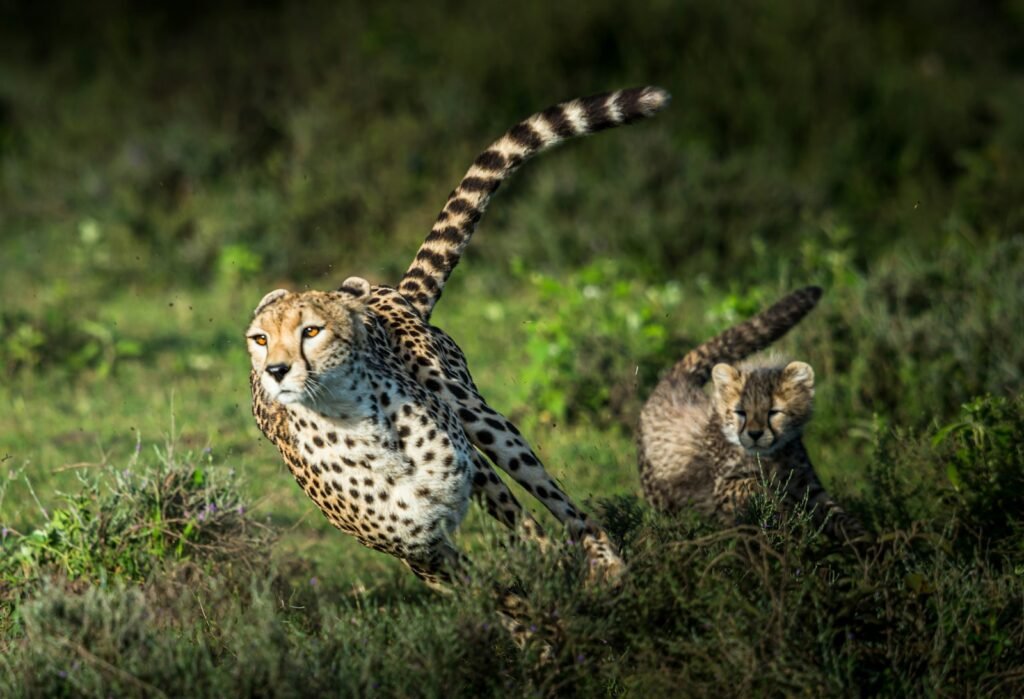
Cheetahs present an interesting case. While primarily solitary hunters, male cheetahs sometimes form small groups known as coalitions. These coalitions typically consist of brothers who cooperate to hunt larger prey and defend territory against other males. Female cheetahs, however, remain solitary, focused on raising cubs and hunting for themselves.
The Influence of Habitat
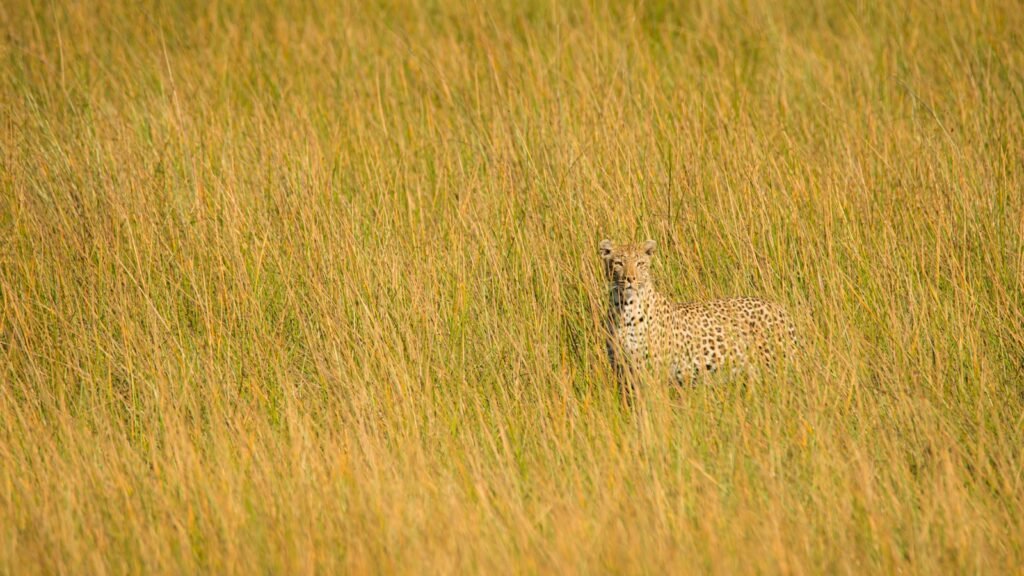
Habitat plays a significant role in determining whether big cats hunt alone or in groups. Open savannahs, for example, favor group hunting as visibility decreases the advantage of stealth, while dense forests and mountainous regions favor solitary ambush tactics. The distribution and abundance of prey also influence these strategies, as some habitats support larger prey that are best hunted in groups.
Evolutionary Perspectives
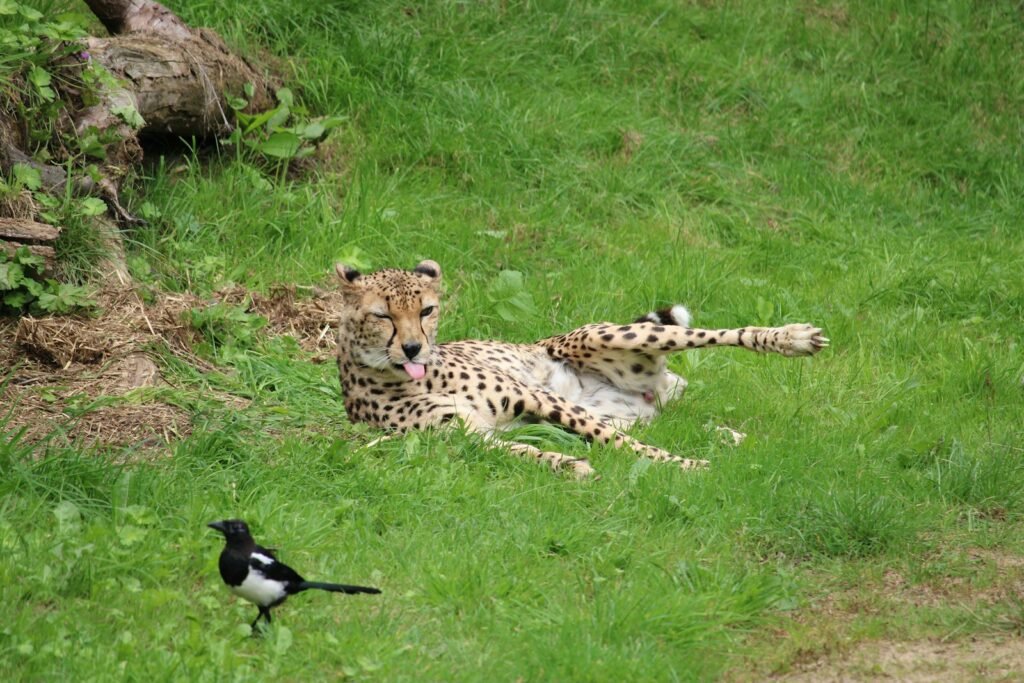
The evolutionary pressures that shaped the hunting behaviors of big cats are complex and driven by factors such as prey availability, competition, and environmental conditions. Over time, these pressures have led to the diverse range of hunting strategies we observe today, each adapted to maximize the survival and reproductive success of these magnificent animals.
Conclusion
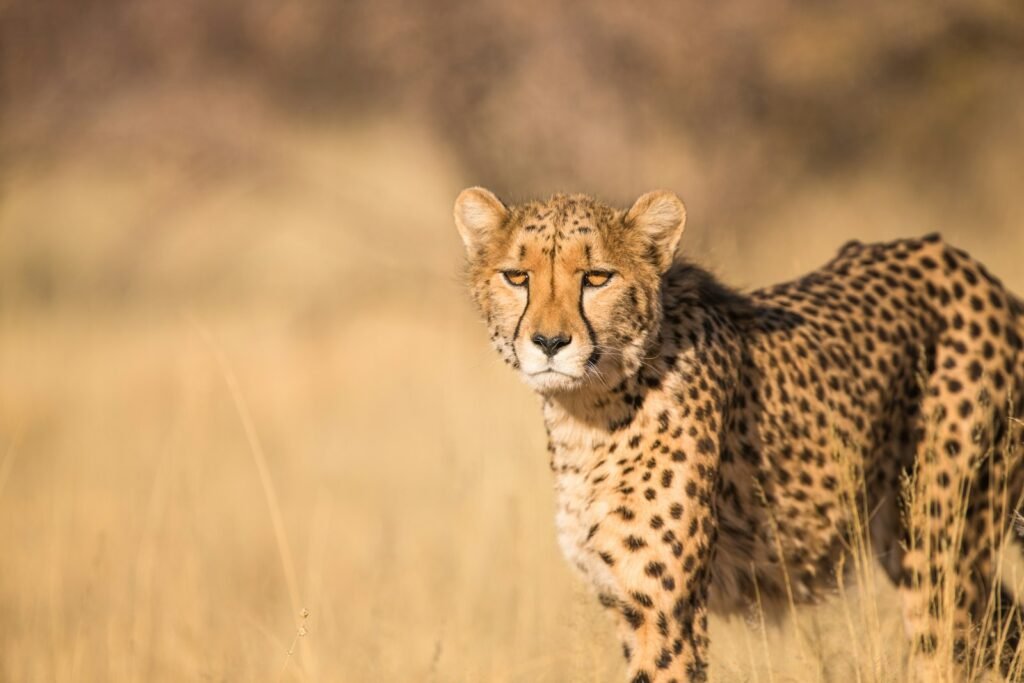
The hunting behaviors of big cats are a perfect blend of evolution, adaptation, and environment, demonstrating nature’s ability to mold species into highly effective predators. Whether hunting alone or in groups, these big cats embody the ‘survival of the fittest’, showcasing remarkable adaptations that allow each species to thrive in their respective habitats. Their diverse strategies remind us of the complexity and beauty of the natural world.

Growing up traveling and experiencing new cultures and wonders, I have had a passion for nature, adventuring, photography, and videography. I am currently working towards a BSc in Biodiversity and Ecology at Stellenbosch University, and I hope to specialise in Marine Sciences one day.
Please send any feedback to Feedback@animalsaroundtheglobe.com





